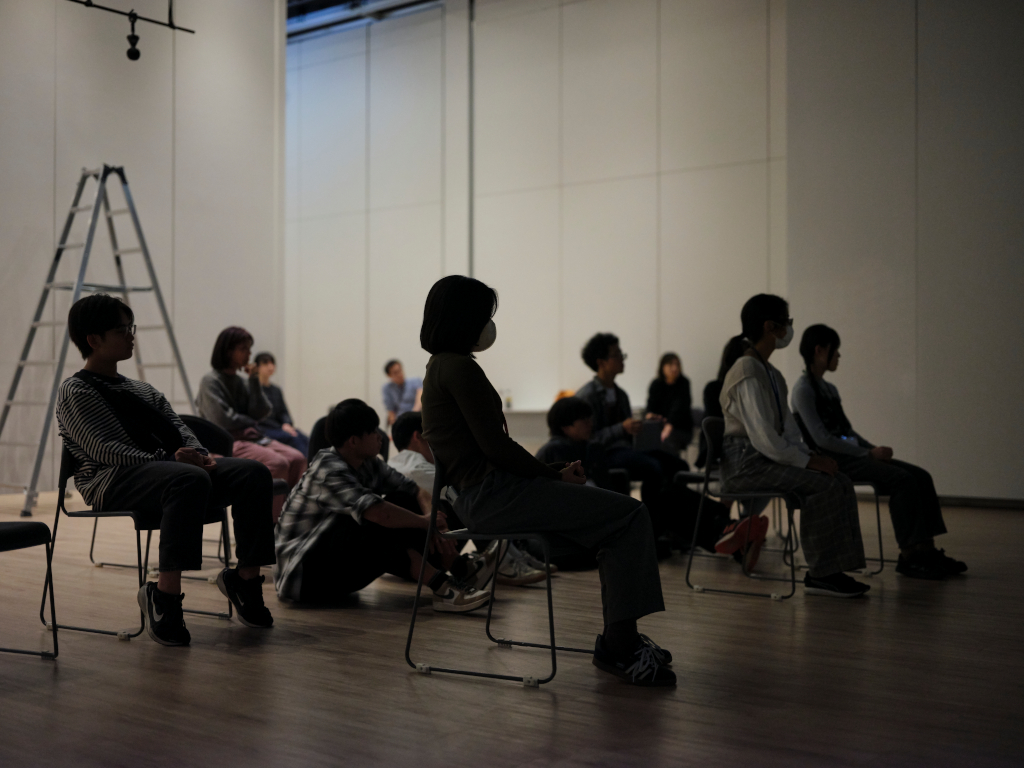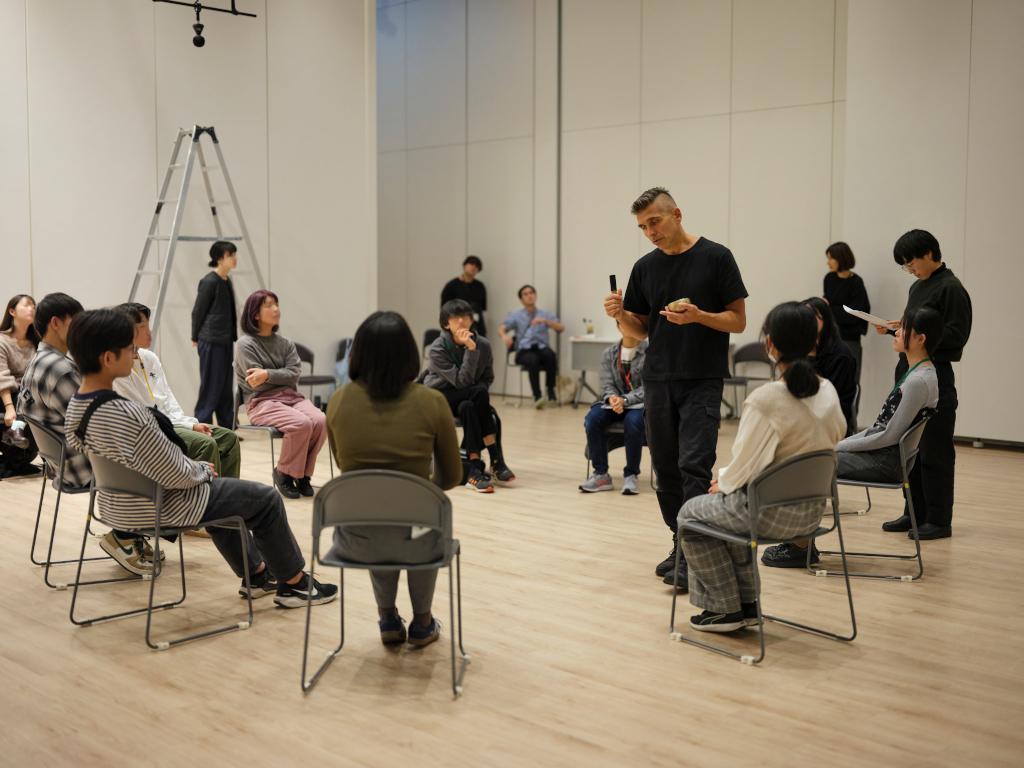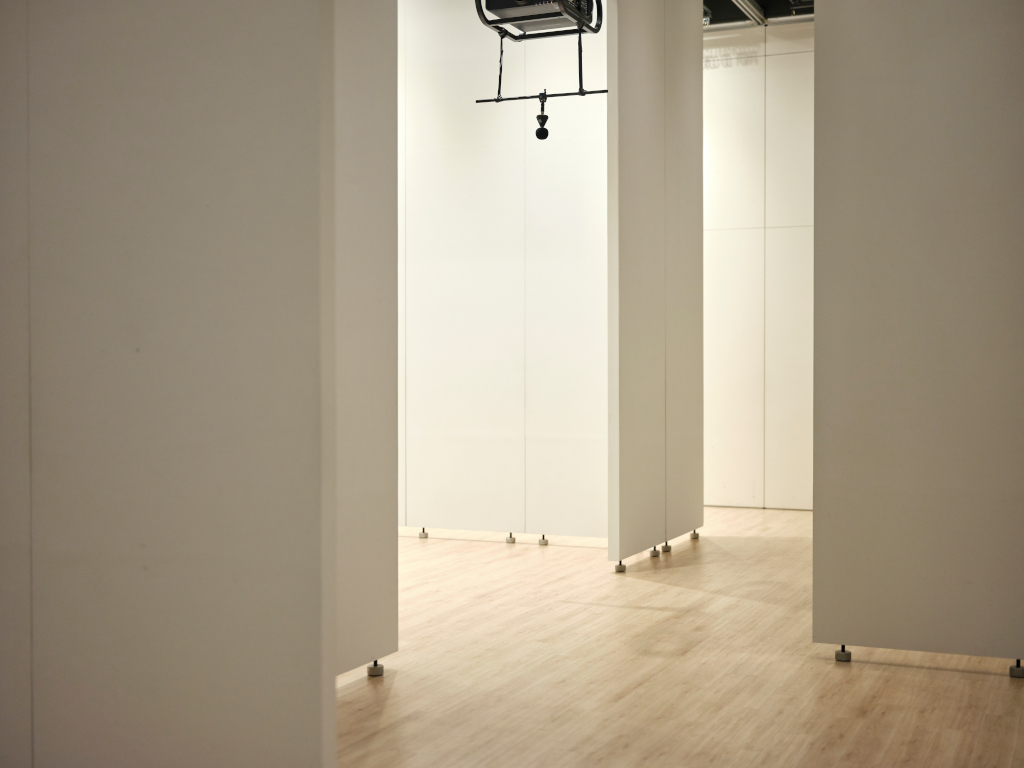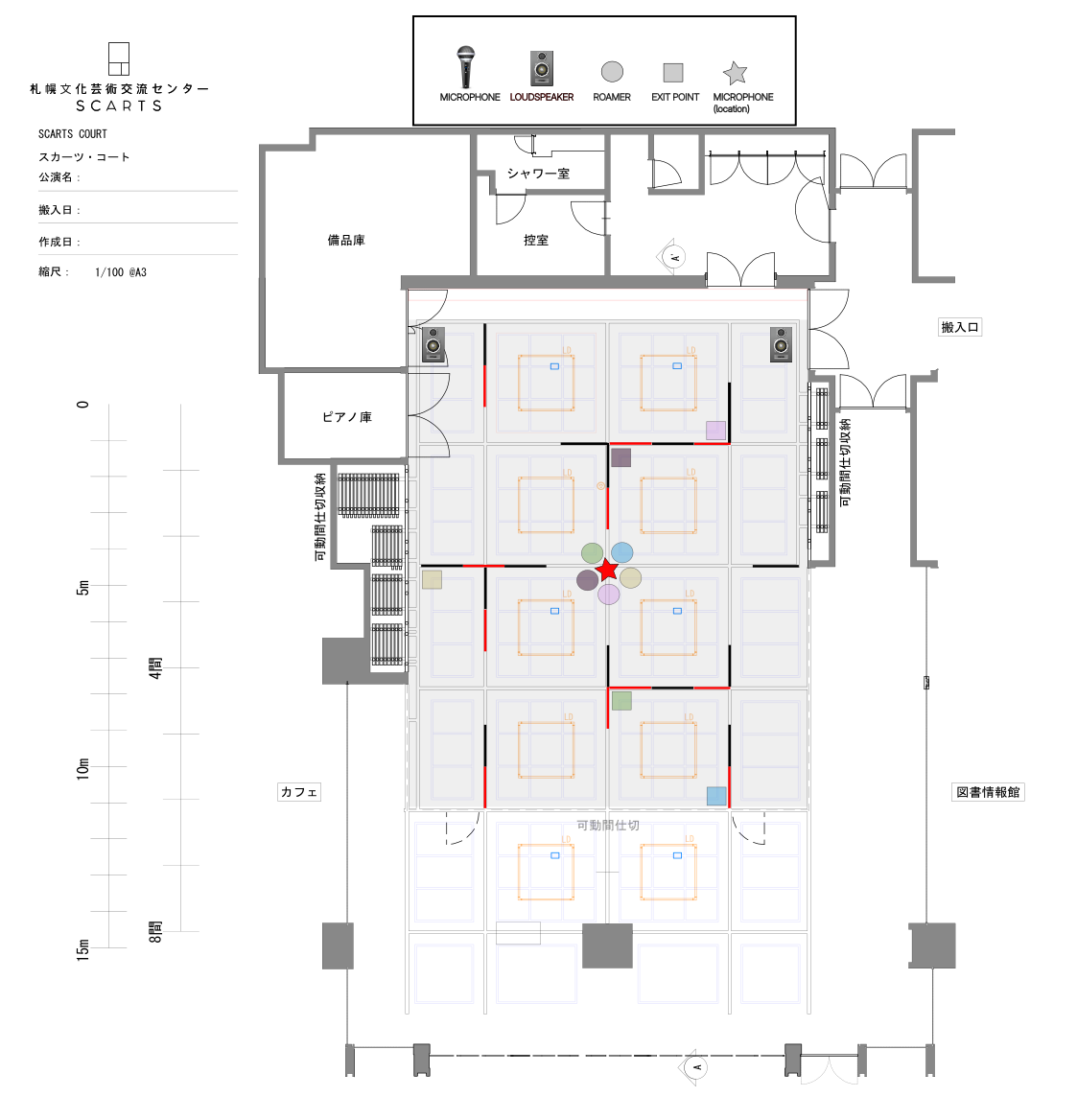
The Noisechology workshop/performance took place on 2025.10.26 at the Sapporo Cultural Arts Community Center (SCARTS).
This was part of the Akasakana program, organized by CoSTEP, a multidisciplinary educational project involving the Hokkaido University and high school students in the Sapporo district.


Description
Noisechology is a play on words where echo (sound) replaces eco (environment).
This workshop dealt with anthropogenic noise and its impact on marine ecosystems, mapped this relationship through first-hand experience using viewpoint switch, and culminated in a environmental sound art performance/live installation.
The workshop was structured in two main parts and one live performance.
Part One: Sound | Science
In this section participants learned about sound as a physical phenomenon, how it is produced, transmitted, and perceived.
They also explored what types of sounds one may encounter in marine environments, and discussed the effects of underwater noise pollution on marine life.
 Fig. 1: Introducing environmental sound to the participants. Photo: Masahiro Okada.
Fig. 1: Introducing environmental sound to the participants. Photo: Masahiro Okada.
Play a video reel of Part One
Part Two: Sound | Art
This section explored a more introspective and personal dimension of sound, focusing on attentive listening.
This was an opportunity for participants to investigate different aspects of sound and acoustic communication, and to reflect on their experience.
Several exercises and pieces taken or adapted from Pauline Oliveros Sonic Meditations (1971) were performed.
 Fig. 2: Performing the 1996 revised version of P. Oliveros’ Environmental Dialogue piece, as described in Deep Listening - A Composer's Sound Practice (2005) and originally appeared in Sonic Meditations (1971). Photo: Masahiro Okada.
Fig. 2: Performing the 1996 revised version of P. Oliveros’ Environmental Dialogue piece, as described in Deep Listening - A Composer's Sound Practice (2005) and originally appeared in Sonic Meditations (1971). Photo: Masahiro Okada.
 Fig. 3: Performing Stan Hoffman's 1994 piece Sound Cycles, as described in P. Oliveros’ Deep Listening - A Composer's Sound Practice (2005). Photo: Masahiro Okada.
Fig. 3: Performing Stan Hoffman's 1994 piece Sound Cycles, as described in P. Oliveros’ Deep Listening - A Composer's Sound Practice (2005). Photo: Masahiro Okada.
Play a video reel of Part Two
Live Performance
For the final performance, the hosting venue's space was reconfigured into a maze-like environment.
 Fig. 4: SCARTS' studio reconfigured for the performance. Photo: Masahiro Okada.
Fig. 4: SCARTS' studio reconfigured for the performance. Photo: Masahiro Okada.
Participants teamed up in pairs and, for each pair, one person was blindfolded and had to find their partner following primarily auditory cues, inspired by the process of biological echolocation as used by many marine mammals.
 Fig. 5: Blindfolded participants gather at the center of the maze. Photo: Masahiro Okada.
Fig. 5: Blindfolded participants gather at the center of the maze. Photo: Masahiro Okada.
 Fig. 6: SCARTS' studio floor plan for the performance.
Fig. 6: SCARTS' studio floor plan for the performance.
Play an audio extract from the final performance